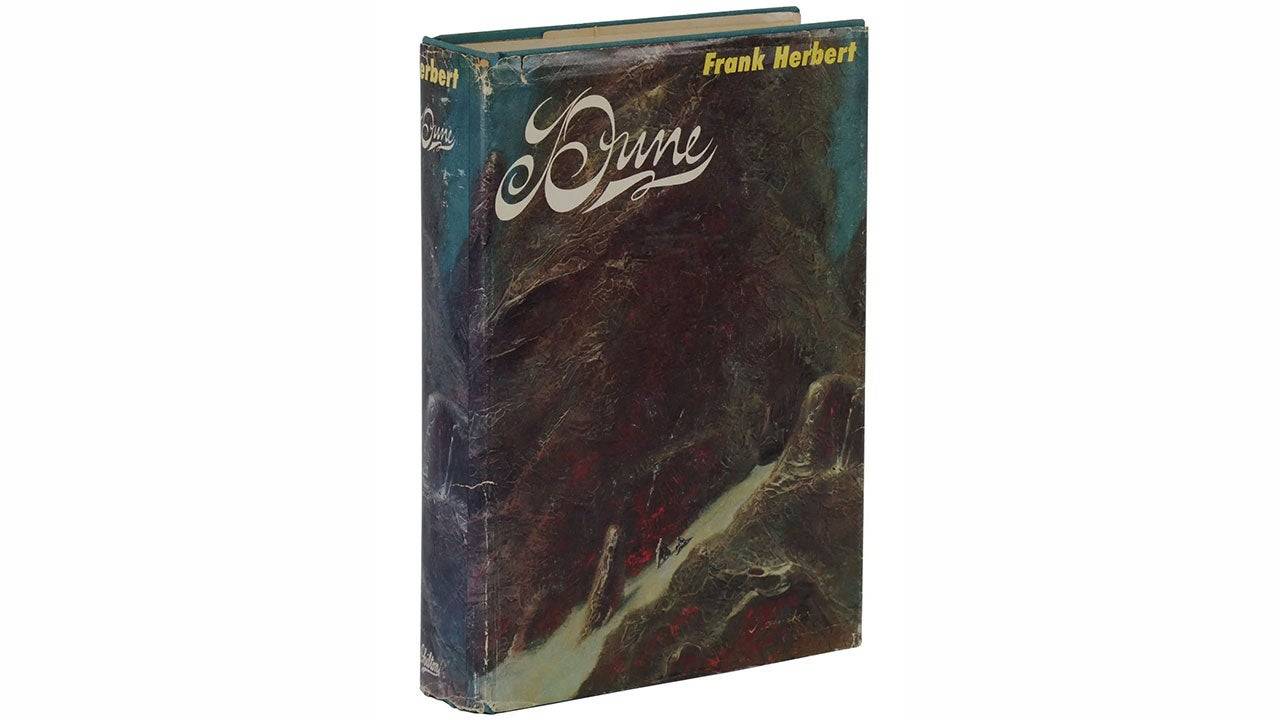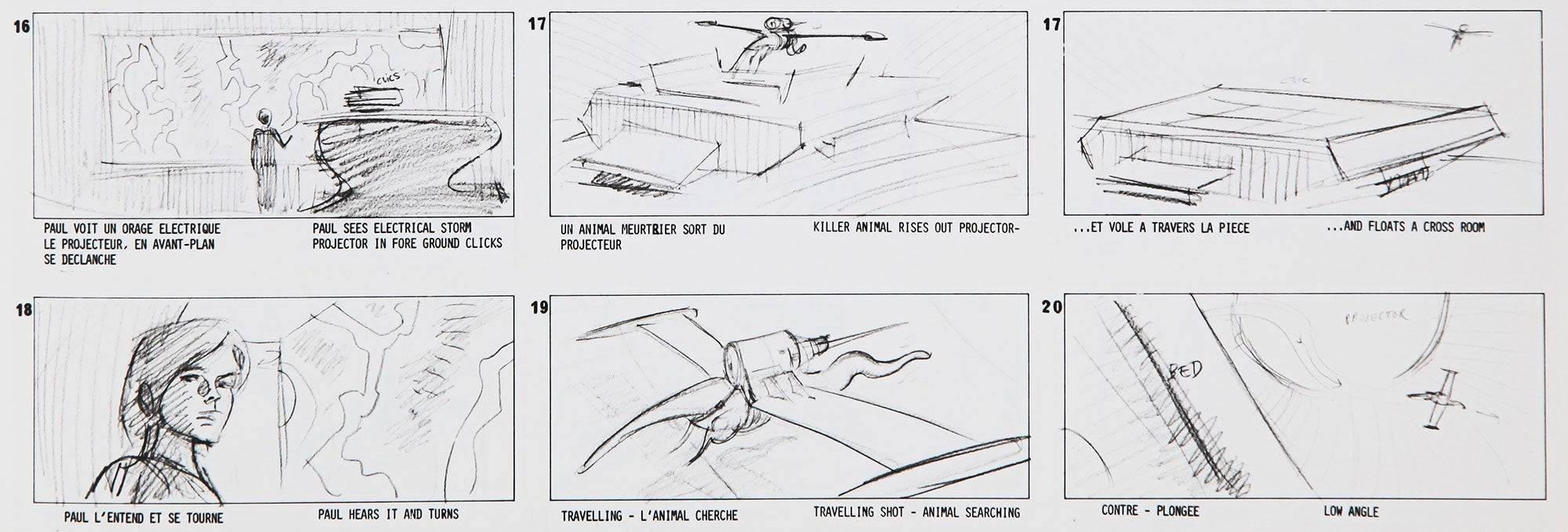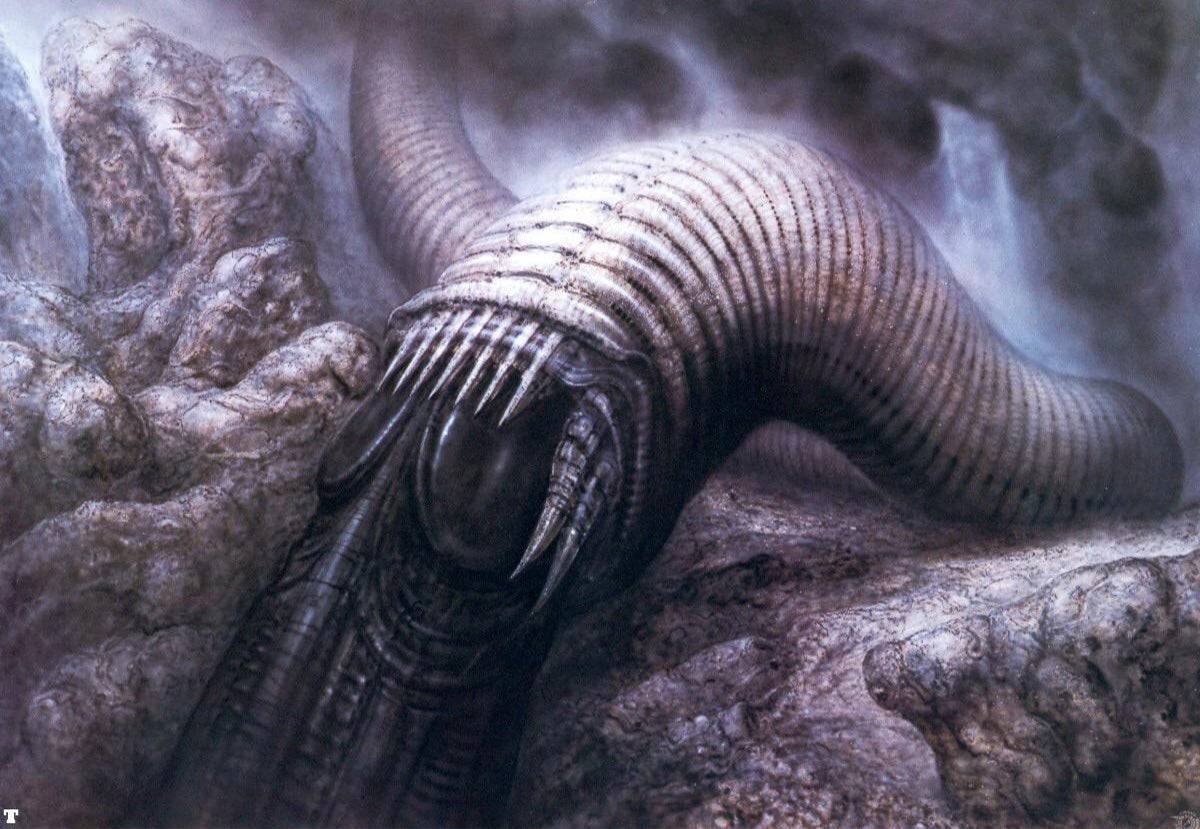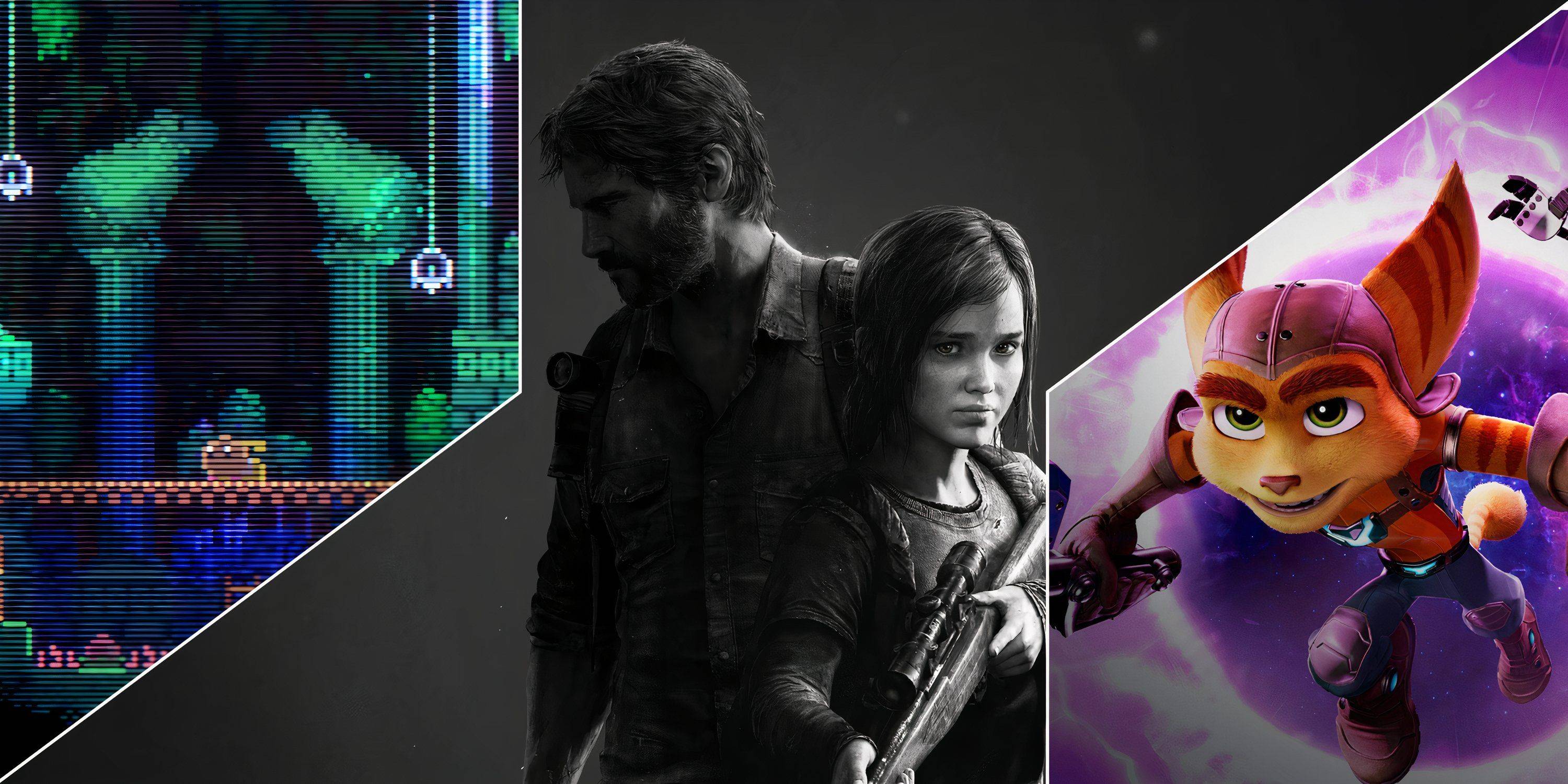"It would be very easy to make a bad film of Dune…" –Ridley Scott, South Bend Tribune, 1979
This week marks the 40th anniversary of David Lynch's Dune, a film that, despite being a $40 million box office disappointment upon its release in 1984, has cultivated a passionate cult following over the past four decades. Its unique style stands in stark contrast to Denis Villeneuve's recent adaptations of Frank Herbert's iconic novel. Following Ridley Scott's departure from the project, renowned filmmaker David Lynch took the helm in May 1981, shortly after Scott's success with Blade Runner and Gladiator.
Thanks to the diligent efforts of T.D. Nguyen, a previously unseen 133-page October 1980 draft of Ridley Scott's abandoned Dune project, penned by Rudy Wurlitzer, has surfaced from the Coleman Luck archives at Wheaton College. When Scott joined the project post-Alien, Frank Herbert had already crafted a lengthy, two-part screenplay that, while faithful to the source, was deemed unfilmable. Scott, after considering some scenes from Herbert's script, enlisted Wurlitzer for a comprehensive rewrite. This draft, intended as the first part of a two-film saga, offers a fresh perspective on the Dune universe.
Rudy Wurlitzer, reflecting on the process, stated in Prevue Magazine in 1984, "The Dune adaptation was one of the most difficult jobs I’ve ever done. It took more time to break it down into a working outline than to write the final script. I believe we kept to the spirit of the book but, in a sense, we rarefied it. We interjected a somewhat different sensibility."
Despite the script's potential, numerous factors contributed to its downfall, including Ridley Scott's emotional struggles following his brother Frank's death, disagreements over filming locations, budget concerns exceeding $50 million, and the allure of the Blade Runner project. Universal Pictures executive Thom Mount noted in the book A Masterpiece in Disarray – David Lynch's Dune, "Rudy’s version of the script did not receive unanimous, glowing enthusiasm."
Was Wurlitzer's adaptation a flawed cinematic interpretation of Herbert's vast narrative? Or was it too dark, violent, and politically charged for a mainstream studio blockbuster? Dive into our detailed script analysis and decide for yourself.
Rudy Wurlitzer (age 87) and Ridley Scott were approached for this article but declined to comment.
A Wilder Shade of Paul
The October 1980 draft opens with an evocative dream sequence featuring scorching deserts and apocalyptic armies, setting the stage for Paul Atreides' ominous destiny. Scott's visual flair is evident in descriptions like "birds and insects become a whirling hysteria of motion," showcasing his ability to craft compelling cinematic images.

In this version, Paul is depicted as a 7-year-old with long blonde hair, undergoing the Reverend Mother's test with "the box." His recitation of the Litany Against Fear is intercut with Jessica's, underscoring their psychic bond. Paul's early assertiveness is highlighted as he uses The Voice to retrieve a sword and nearly kills Duncan Idaho in a test of vigilance.
Stephen Scarlata, producer of the documentary Jodorowsky's Dune, noted, "Rudy Wurlitzer’s version of Paul is far more assertive. He actively takes charge. We even see a flash-forward of his growth spanning from age 7 to 21, where his relentless training leads him to surpass Duncan Idaho. Personally, I prefer Lynch’s depiction of Paul. There’s an added tension in believing Paul might defeat Gurney, only to realize he doesn’t. This vulnerability makes us feel more fear and concern for him, especially when Paul and Jessica are forced to escape."
As Paul matures into a 21-year-old master swordsman, Duncan Idaho, now older and more humorous, shares a playful yet insightful moment:
DUNCAN
It is a teacher's duty to have his
pupil someday surpass him.
(smiling)
But, don't think you can relax. This
is just one level you have reached.
There are other, more perilous,
methods to master. But, not now.
Now we are going to get properly
drunk.
Long Live the Emperor
The script introduces a pivotal twist with Jessica witnessing the Emperor's death signaled by a gardener's prostration during a rainstorm. This event triggers the narrative, leading to the Emperor's funeral in a mystical setting surrounded by Snow Peaks and a Mandala. The Emperor posthumously bequeaths Arrakis to Duke Leto, hoping to counterbalance the universe's looming darkness.
This darkness manifests in Leto's cousin, Baron Harkonnen, who proposes splitting Arrakis' spice production to avoid conflict. The Duke's rejection prompts the Baron to declare, "He who controls the spice controls the universe," echoing a famous line from Lynch's film.Mark Bennett of DuneInfo remarked, "Normally I have credited Lynch with this great line. Given that this was a De Laurentiis project script, I wonder if Lynch read it and borrowed that line, or came up with it independently?"
Flight of the Navigator
The script also features the Guild Navigator, a spice-mutated creature visualized as "an elongated FIGURE, vaguely humanoid with finned feet and hugely fanned, membranous hands, floating in a transparent outer container." This depiction, akin to Scott's Prometheus, underscores the Navigator's role in plotting the Heighliner's course.
Ian Fried, a contemporary Hollywood screenwriter, expressed, "I absolutely loved that they were able to show the Navigator. Even though I love the Denis Villeneuve movies, I'm really disappointed we didn't get to see his take on that. A missed opportunity."
Upon arriving on Arrakis, the Atreides' fortress evokes the medieval aesthetic of Scott's Legend, with Dew Collectors using scythes in castle gardens. Liet Kynes introduces his daughter Chani, emphasizing the ecological devastation caused by spice harvesting. Their Ornithopter journey through the desert, marked by smoky factory chimneys reminiscent of Blade Runner, is interrupted by a sandworm attack.
House servant Shadout Mapes presents Lady Jessica with a crysknife, amidst scenes of urban squalor in Arakeen, inspired by The Battle of Algiers. A new action scene features Paul and Duncan in a bar fight, showcasing Paul's early prowess and introducing the stoic Fremen leader Stilgar.
Stilgar's decisive action at the smuggler's market sets the stage for a dramatic decapitation. Meanwhile, Jessica levitates during meditation, and she and the Duke plan to conceive a child, symbolizing a sacred union.Baron Wasteland
Dr. Yueh, after receiving a cryptic insect message, shares a poignant moment with Paul before sending him to experience the city's nightlife. Paul's encounter with a Fremen Spice Den leads to visions of his unborn sister Alia and a surreal interaction with a tiny sandworm.
Yueh's betrayal unfolds as he poisons Thufir during a chess game, deactivates the house shield, and allows Harkonnen Death Commandoes to infiltrate the castle. Paul returns to face a bat-like Hunter-Seeker, which he decapitates just as Jessica enters.

Duke Leto heroically fights the Death Commandoes before being poisoned by Yueh. Duncan attempts a rescue but is fatally wounded, allowing Paul and Jessica to escape in a 'Thopter amidst graphic violence.
The Deep Desert Controversy
Paul and Jessica's harrowing escape into the deep desert is marked by intense G-force and a crash-landing amidst a sandstorm. They navigate the desert in Stillsuits, confronting a massive sandworm face-to-face.
Notably, this draft omits the controversial incest subplot between Paul and Jessica that had been part of earlier versions. Wurlitzer explained, "In one draft I introduced some erotic scenes between Paul and his mother, Jessica. I felt there was always a latent, but very strong, Oedipal attraction between them, and I took it one note further. It went right in the middle of the film, as a supreme defiance of certain boundaries, perhaps making Paul even more heroic for having broken a forbidden code."
The pair seek refuge in a cave within a giant worm carcass, where Paul faces Jamis in a brutal duel, earning the Fremen's respect and the name Maud'Dib. Paul's new relationship with Chani, Jamis' widow, solidifies his integration into the tribe.
The script culminates in a Water of Life ceremony, where Jessica drinks the transformed water, becoming the new Reverend Mother. The Fremen rally behind Paul, setting the stage for his future challenges, including the implied sandworm ride.
Conclusions

This script, conceived at the dawn of modern science fiction cinema, ambitiously tackled ecological devastation and societal exploitation, themes that resonate today. The script's mature tone and visual storytelling correct some of the narrative issues present in Lynch's film, such as the absence of key character interactions.
H.R. Giger's phallic sandworm design and skeletal Harkonnen furniture, now housed in the Giger Museum, are among the script's lasting legacies. Vittorio Storaro, initially set to shoot this version, later worked on the 2000 Frank Herbert's Dune miniseries. Scott and De Laurentiis eventually collaborated on Hannibal, which grossed $350 million worldwide.
Wurlitzer's script, praised by Scott as "a decent distillation of Frank Herbert," uniquely balances the novel's ecological, political, and spiritual themes. Ian Fried concludes, "The ecological aspect of Dune is covered in this script in a way it's never been covered in any other piece of material. That's one of the strengths of this adaptation: It feels like it's important to the story being told. It doesn't hit you over the head with it. It genuinely is a consequence of what man has done to this planet, the ecological issues that have developed around spice mining. There are a lot more clear motivations in the Ridley Scott Dune script for a larger variety of characters."
As Dune approaches its 60th anniversary, the themes of environmental decay, the dangers of fascism, and the need for societal awakening remain as pertinent as ever, inviting future filmmakers to explore these rich narratives.
 Home
Home  Navigation
Navigation






 Latest Articles
Latest Articles









 Latest Games
Latest Games




![Chubby Story [v1.4.2] (Localizations)](https://imgs.xddxz.com/uploads/85/1719638042667f981a5e9f8.jpg)

![Zia – New Version 0.4 [Studio Zia]](https://imgs.xddxz.com/uploads/47/1719569268667e8b74e6004.jpg)




